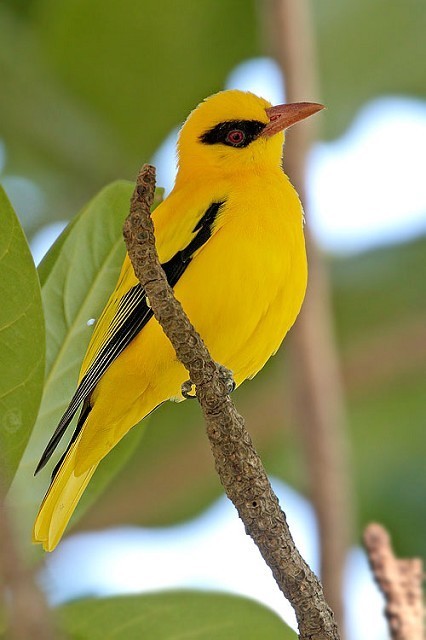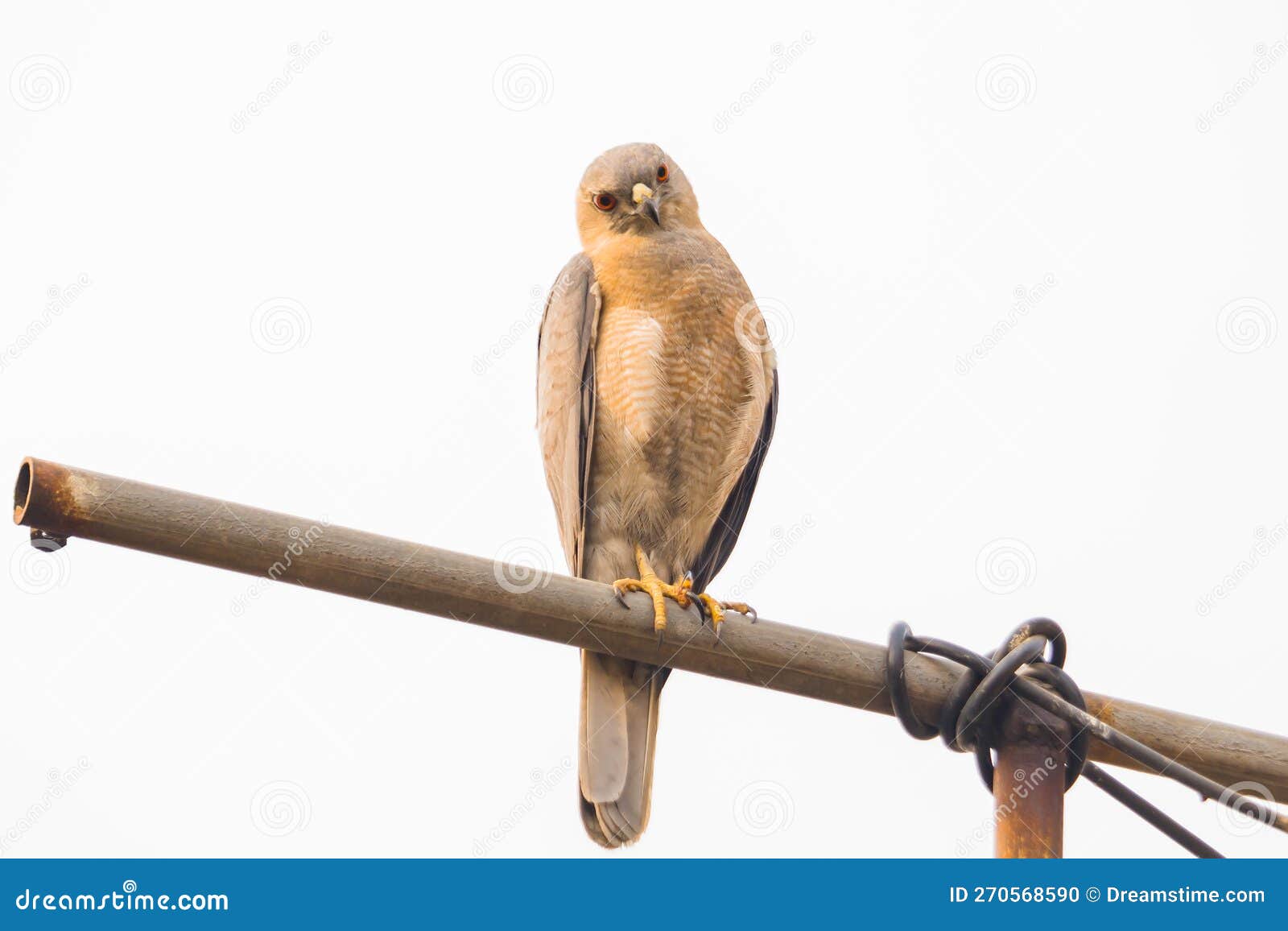
The "normal grey" or "wild-type" cockatiel's plumage is primarily grey with prominent white flashes on the outer edges of each wing. At 30 to 33 cm (12 to 13 in), the cockatiel is the smallest of the cockatoos which are generally larger at between 30 and 60 cm (12 and 24 in). In contrast to most cockatoos, the cockatiel has long tail feathers roughly making up half of its total length. When the cockatiel is tired, the crest is seen positioned halfway upwards, with the tip of the crest usually curling upward. The crest is also held flat but protrudes outward in the back when the cockatiel is trying to appear alluring or flirtatious. The crest is dramatically vertical when the cockatiel is startled or excited, gently oblique in its neutral or relaxed state, and flattened close to the head when the animal is angry or defensive. The cockatiel's distinctive crest expresses the animal's emotional state. This biological relation to other cockatoos is further supported by the existence of at least one documented case of a successful hybrid between a cockatiel and a galah, another cockatoo species. The cockatiel is now biologically classified as a genuine member of Cacatuidae on account of sharing all of the cockatoo family's biological features, namely, the erectile crest, a gallbladder, powder down, suppressed cloudy-layer (which precludes the display of blue and green structural colours), and facial feathers covering the sides of the beak, all of which are rarely found outside the family Cacatuidae. Sequence analysis of intron 7 of the nuclear β- fibrinogen gene, on the other hand, indicates that it may yet be distinct enough as to warrant recognition of the Nymphicinae rather than inclusion of the genus in the Calyptorhynchinae. The unique, parakeet (meaning long-tailed parrot) morphological feature is a consequence of the decrease in size and accompanying change of ecological niche. A 1984 study of protein allozymes signalled its closer relationship to cockatoos than to other parrots, and mitochondrial 12S rRNA sequence data places it among the Calyptorhynchinae (dark cockatoos) subfamily. This issue was settled with molecular studies. Its biological relationships were for a long time uncertain it is now placed in a monotypic subfamily Nymphicinae, but was sometimes in the past classified among the Platycercinae, the broad-tailed parrots. The specific name hollandicus refers to New Holland, a historic name for Australia. Its genus name reflects the experience of one of the earliest groups of Europeans to see the birds in their native habitat the travellers thought the birds were so beautiful that they named them after mythical nymphs. Originally described by Scottish writer and naturalist Robert Kerr in 1793 as Psittacus hollandicus, the cockatiel (or cockateel) was moved to its own genus, Nymphicus, by Wagler in 1832.


Cockatiels are native to Australia, favouring the Australian wetlands, scrublands, and bushlands. It is, therefore, now classified as the smallest subfamily of the Cacatuidae (cockatoo family). It was previously unclear whether the cockatiel is a crested parakeet or small cockatoo however, more recent molecular studies have assigned it to its own subfamily, Nymphicinae. The cockatiel is the only member of the genus Nymphicus. As a caged bird, cockatiels are second in popularity only to the budgerigar. They are prized as household pets and companion parrots throughout the world and are relatively easy to breed. The cockatiel ( / ˌ k ɒ k ə ˈ t iː l/ Nymphicus hollandicus), also known as the weero/ weiro or quarrion, is a medium-sized parrot that is a member of its own branch of the cockatoo family endemic to Australia.


 0 kommentar(er)
0 kommentar(er)
